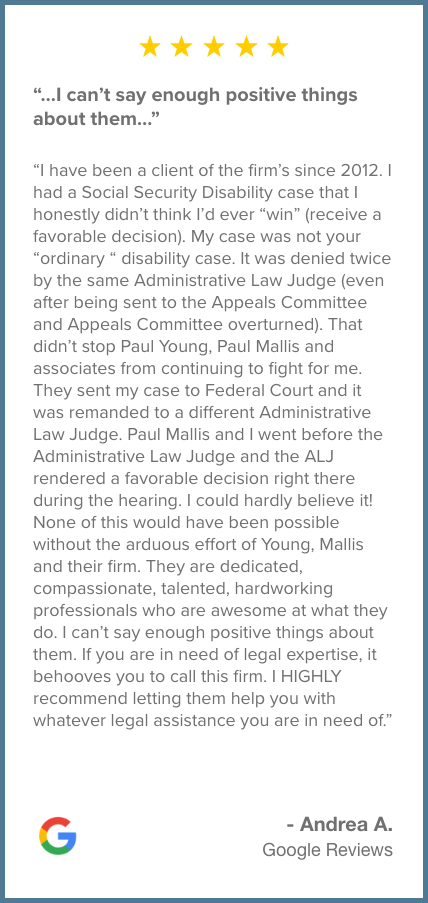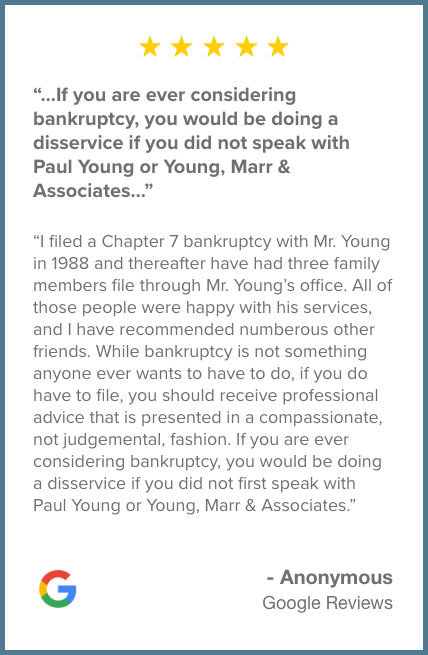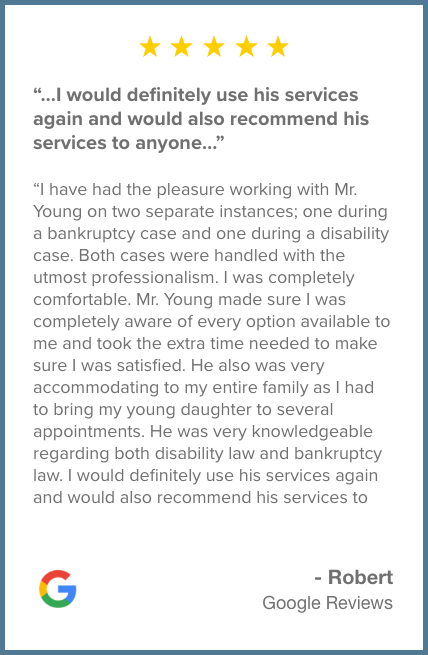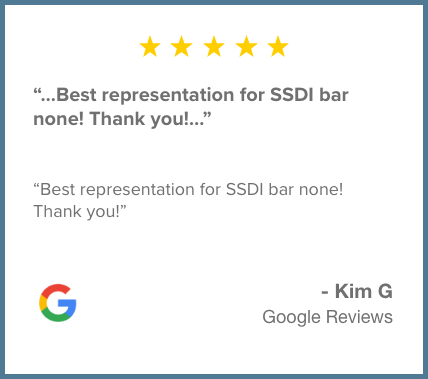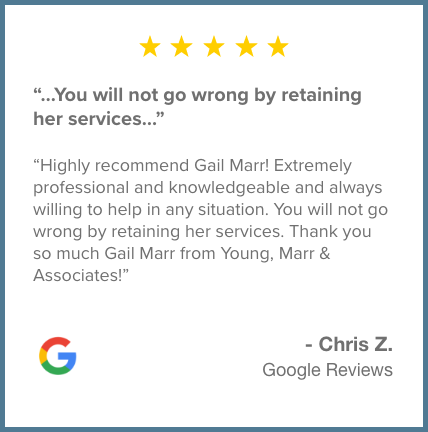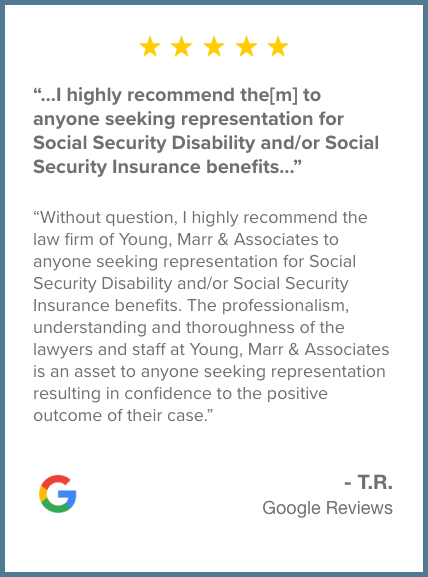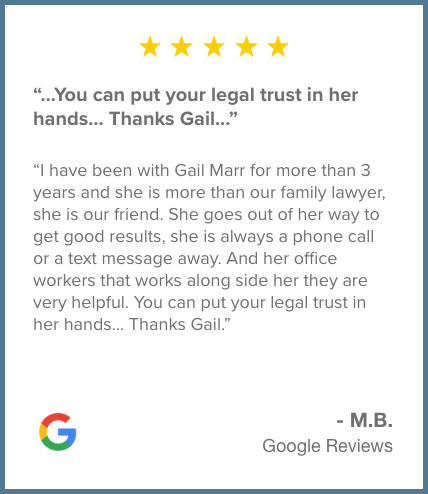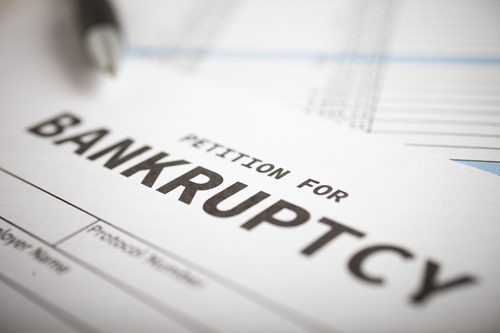Do You Qualify for Retroactive Disability?
In most cases where a disability claimant files a successful application for SSI (Supplemental Security Income) or SSDI (Social Security Disability Insurance), he or she will begin receiving benefits in a matter of months. But is it possible to get retroactive benefits, or payments for time you were disabled prior to filing your claim? For example, if you file in 2015, can you get benefits for a disability you had in 2014 or earlier? In this article, our Philadelphia disability benefits lawyers will explain how the Social Security Administration treats retroactive benefits and back payments for SSI and SSDI claimants.
Difference Between Retroactive Disability and Back Payments
Many SSI and SSDI claimants are eligible for retroactive benefits or back payments from the SSA. However, it’s important to make the distinction between retroactive benefits and back payments, because while both apply to past disability, they are awarded under different circumstances.
Retroactive benefits are payments for time you were disabled before filing your claim. Many people live with a serious medical condition for months or even years before deciding to apply for disability, so retroactive benefits are not uncommon. However, only SSDI applicants are eligible for retroactive payments. If you applied or are planning on applying for SSI, which follows different rules and standards than SSDI, you unfortunately cannot qualify for retroactive payments.
If you are an SSDI claimant, you’ll need to take some extra steps to get approved for retroactive benefits. You need to prove to the SSA that your disability existed for at least five months prior to the time you actually applied, so for example, if you applied on January 1, 2015, you would need to prove you were disabled throughout at least the full months of August, September, October, November, and December. That means obtaining additional medical records and undergoing additional interviews and examinations, but for many claimants, the extra effort is well worth it.
Back payments are more like past-due payments from the SSA. When you file for disability, the SSA typically takes at least several months to review and process the claim. Therefore, even if your claim is successful, you will still be “missing” payments from the period between filing and getting approved. Back payments are meant to close this gap, as if you had been approved the very day you submitted your application.
Unlike retroactive disability payments, back payments are available to both SSDI and SSI claimants.
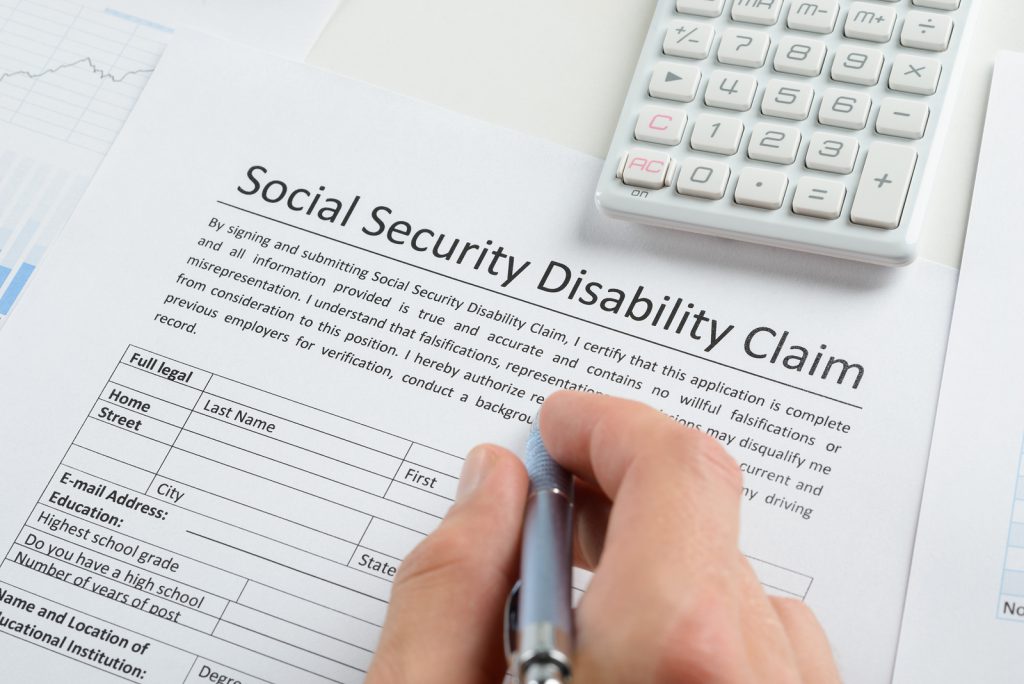
How Far Back Can Disability Back Pay Be Paid?
Back pay and retroactive benefits aren’t as simple as they seem. In some cases, claimants can receive back pay that actually predates the date the original application was filed! So just how far back do retroactive benefits and back payments go, and what determines that duration? The answer depends on a few different factors.
The first factor is the claimant’s application date. Retroactive benefits can potentially be extended as far back as one full year prior to the date of the application. As a result, this yearlong period is sometimes referred to as the retroactive period. To reiterate, retroactive payments are available only to SSDI claimants.
However, regardless of whether you filed for SSI or SSDI, you can receive back payments dating back to either:
- The date of your application.
- A date before your application, known as the “protective filing date.”
- If you filed for SSI, the protective filing date is the date you either (1) first contacted the SSA about benefits by phone, or (2) went to a field office in person to ask about the application process or other aspects of getting benefits. (You cannot apply for SSI online, which explains the lack of an SSI protective filing date for starting a computer-based application.)
- If you filed for SSDI, the protective filing date is when you first put your intent to apply for SSDI in writing, be it on paper or in a digital format. Unlike SSI claimants, SSDI claimants can apply for benefits online, so if you started an application on your computer without finishing, this could also be your protective filing date.
Another factor is the date your disability started, not to be confused with the date you actually filed your application. The date you say your disability began is called the alleged onset date (AOD), while the date the SSA examiner says your disability began is called the established onset date (EOD). (Note that if you appeal a denied claim, the Administrative Law Judge who presides over the ALJ hearing can also make the EOD determination.)
Last but least, SSDI claimants (but not SSI claimants) are subject to a five-month waiting period, meaning benefits do not begin until five months have passed since the EOD.
Back pay and retroactive disability can get confusing, especially in cases where a denial was appealed. It’s important to work with an experienced social security attorney so that you can feel confident you aren’t missing out on benefits to which you may be entitled.
Pennsylvania Disability Attorneys Offering Free Consultations
If you need help understanding any aspect the disability benefits process, including disability appeals, the attorneys of Young, Marr, Mallis & Associates can help. We have more than 20 years of experience handling thousands of claims on behalf of clients throughout Pennsylvania and New Jersey. To set up a free and private legal consultation, call our law offices today at (609) 755-3115 in New Jersey or (215) 701-6519 in Pennsylvania.









